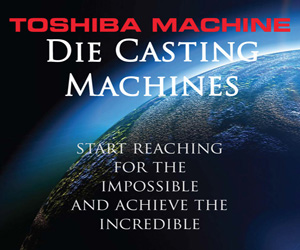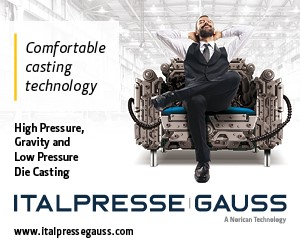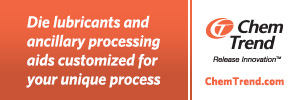Metal extrusion is a process by which work material is forced through a die, resulting in an extended part that can be cut to size as needed.
Extrusion can be performed cold (at room temperature), warm, or hot, depending on the material that is used — regardless of processing temperature, the work material is solid throughout the process. The cross section of a properly processed extrusion is perfectly uniform along the entirety of the completed piece.
Die Casting vs Metal Extrusion
Die casting is a very different process from metal extrusion. In die casting, molten metal is forcefully injected into a mold, called a die. Dies can be designed to form incredibly complex shapes, including those with irregular cross sections.
Metal extrusion does have some advantages over die casting. When using certain materials, including alloys made from aluminum, magnesium, and zinc, extruded parts have strength and rigidity values similar to die cast parts, but ductility can be higher. Tooling costs are generally lower for extrusion than for die casting.
In the same way, die casting has a number of benefits over extrusion. For one, parts that are die cast have greater stiffness values — they are less elastic than extruded parts. Die cast are often fully complete, including surface textures and finishes, in just one step.
One of the strongest advantages of die casting is that it’s not limited to producing parts with uniform cross sections. Cross sectional changes or variations, holes, slots, and any number of other design features require that costly secondary machining services be performed on extruded parts. With die casting, all such features can be designed directly into the mold for one-step manufacturing.
Learn More
Metal extrusion and die casting each have advantages and disadvantages. To learn more about them, watch the video above or contact NADCA today to discuss which method would be best for your upcoming project.








